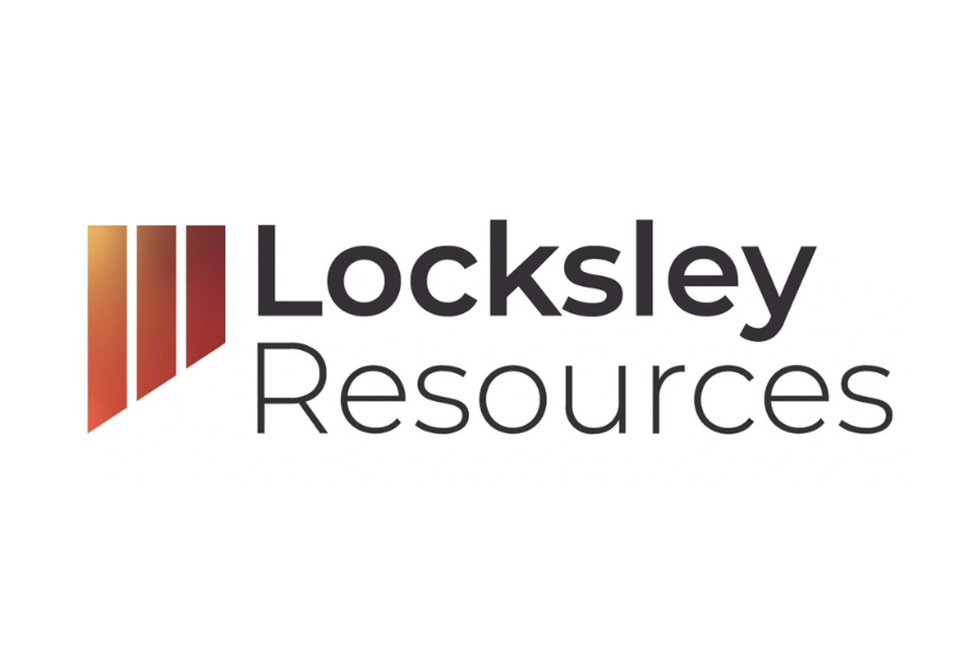Silver was in surplus in 2011 and will be in surplus again this year, leaving investors to play a critical role in the market.
By Michelle Smith — Exclusive to Silver Investing News
Last Thursday the World Silver Survey 2012 was released. The latest edition of this annual publication, which was produced by Thomson Reuters GFMS on behalf of The Silver Institute, reveals the continuation of a trend whereby rising supply is outpacing fabrication demand. As this gap continues to widen, investors are inheriting a more critical role in the success of the silver market.
Last year, fabrication demand fell by 1.5 percent to 876.6 million ounces (m/oz). Declines were seen in all fabrication categories except coins and metals, which GFMS prefers to treat as investments.
Though categories such as photography and silverware have been declining for some time, industrial demand has been growing over the past decade, with the exception of 2009, which was a recession year. However, in 2011, all global markets witnessed declining industrial demand for silver except China, resulting in a drop of 2.5 percent, or 486.5 m/oz, in industrial offtake.
During a presentation on the day of the survey’s release, Philip Klapwijk, Head of Global Analytics for GFMS, explained that this drop was due to a fairly significant dip in the rate of OECD industrial production that fed through to reduced demand for raw materials.
In the first half of the year, there was actually strong growth in industrial demand for silver, but the declines, particularly in the fourth quarter, were severe enough to bring down the overall demand total for the year.
Mine production increased, growing 1.4 percent to a record 761.6 m/oz.
According to Klapwijk, though there were notable declines in production from Australia, the US, and Peru, there was significant production growth from Mexico, China, and Poland to compensate.
It is interesting to note that mine production accounted for approximately 73 percent of the supply in 2011, but according to Klapwijk, primary silver mines only contributed about 29 percent.
Silver miners’ production actually fell last year. Lead, zinc, and gold miners were the largest contributors to the growth of mine production.
Investors needed
GFMS expects fabrication demand in 2012 to rise by approximately three to five percent to about 900 m/oz. But, it is also looking for mine production to grow by four percent, driven largely by gains in Mexico and Canada, and for overall supply to therefore increase by roughly three percent.
If coins and metals hadn’t been included in the fabrication category, total fabrication demand would have been down by a steeper 4.1 percent, as opposed to the 1.5 percent noted above, according to Forbes.
This information shows how essential the role of investors has become. In 2011, in spite of rising supply, investment demand provided the necessary support for silver to perform well. The silver market will remain in surplus this year according to Klapwijk, and investors will again be needed to step in and consume the metal.
But, the investment scene in 2012 has thus far has different demographics than it did last year. Currently, small investors are making up the bulk of support for silver.
“There are more financial advisers and individuals in silver at this particular stage,” said William Rhind of ETF Securities. “Last year when silver almost made a nominal all-time high there were a lot more professionals (managed money) involved.”
Klapwijk made a similar observation, commenting that hedge funds have largely liquidated their sizeable bullish bets on silver and that their enthusiasm for the metal has waned.
Furthermore, the survey reveals that jewelry demand was down by about ten percent in 2011. This was attributed in large part to lower demand from India.
Klapwijk said he is expecting import levels into India this year to be below those seen last year.
However, there is optimism that silver will find the support that it needs.
Rhind said, “we see investors continuing to be positive about silver through their allocations to silver ETFs.”
Last week, ETF Securities released its Global Commodity ETP Quarterly report. According to that report, the revival in risk appetite benefited a wide range of cyclical commodities, including silver. The white metal saw net inflows of $612 million dollars in Q1 2012.
Despite the price volatility seen in the quarter, Rhind says that the volatility of silver ETF investments was relatively low.
GFMS expects silver to continue doing what it is known for: being volatile. In the short term, GFMS forecasts a trading range of $28.70 to $32.90. In the latter half of the year, however, GFMS is looking for more positive performance. Overall for 2012, it forecasts a low perhaps a bit below $29 and a high just above $40, producing an average trading range of $13.
Thus far in 2012, GFMS data has silver trading between $28.78 and $37.23, a range of $8.45, with average price volatility for Q1 at 34.4 percent.
Securities Disclosure: I, Michelle Smith, do not hold any equity interests in the companies mentioned in this article




